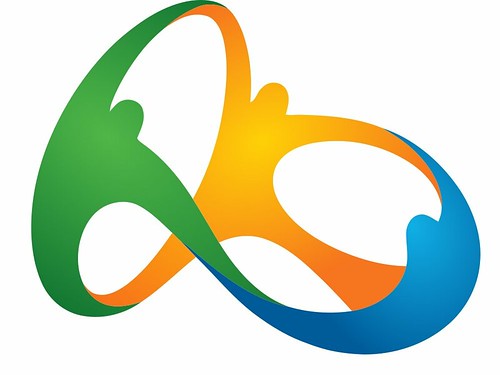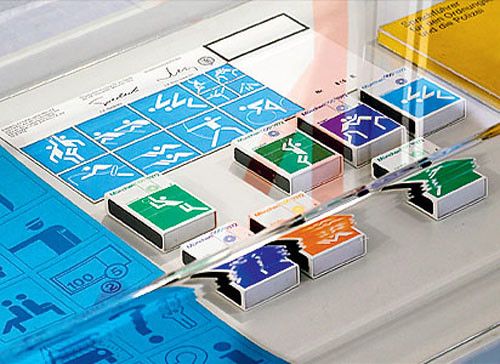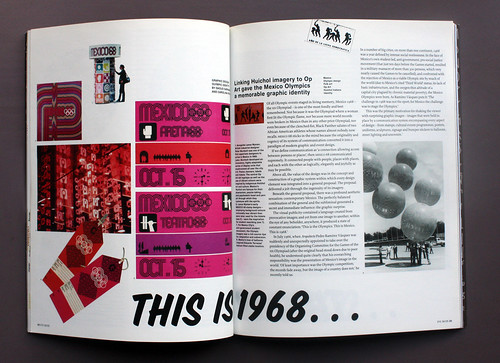Thursday, 11:20pm
13 January 2011
Its name is Rio
The 2016 Olympic Games identity is a logo that dances on the sand
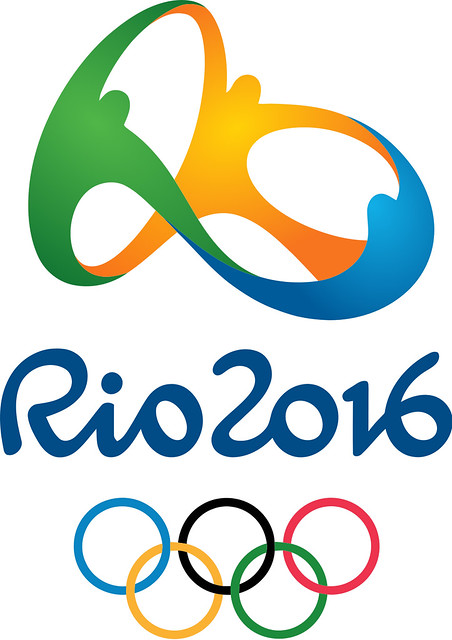
Amidst the excitement and excesses of the festive season, you’ll be forgiven for not noticing that the identity for the 2016 Olympic Games was revealed on New Year’s Eve, writes Alexander Ecob.
Perhaps the designers had seen the fall-out from the ‘daring’ approach taken by Wolff Olins to their ill-advised London 2012 logo, or perhaps they thought the recycled ‘everyone together’ dancing figures and somewhat tenuous link to the shape of the iconic Sugarloaf mountain were sufficient to communicate the verve and soul of Rio de Janeiro.
Yet the result is so nondescript that it’s difficult to concentrate on it for long enough to form an opinion (though some have managed to, with Duane Kinsey, aka ‘Logobird’, commenting on its curiously thong-like appearance, below).
Is the Rio offering an unavoidable by-product of design that’s both by and for committee? One wonders whether, in a time when organisers seem terrified of alienating, or being ‘too this’ or ‘not enough that’, the great Olympic identities of past years will ever be equalled.
Above and below: Images from the exhibition ‘72: Otl Aicher and the Munich Olympiad’, curated and designed by Bibliothèque, 2007.
For two examples of great work in the Olympic design canon, take Otl Aicher’s gloriously unified work for Munich ’72 (see ‘Time after time’, an account of Bibliothèque’s Aicher exhibition in Eye 63) and the Mexico ’68 identity, see ‘This is 1968. . .This is Mexico’ (below), an in-depth feature by Daoud Sarhandi and Carolina Rivas in Eye 56.)
The Rio2016 website describes the new logo as having ‘contagious energy’. We thought we had enough to worry about with swine flu.
See also ‘How Mexico went for gold’ (below) on the Eye blog.
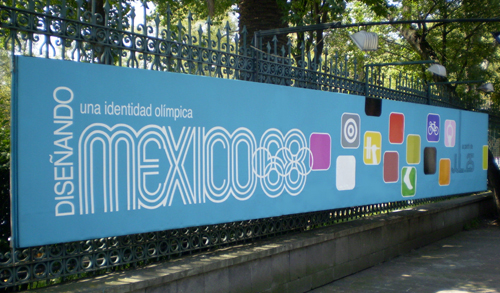
Eye is the world’s most beautiful and collectable graphic design journal, published quarterly for professional designers, students and anyone interested in critical, informed writing about graphic design and visual culture.
It’s available from all good design bookshops and online at the Eye shop. Eye 78 is on press.

